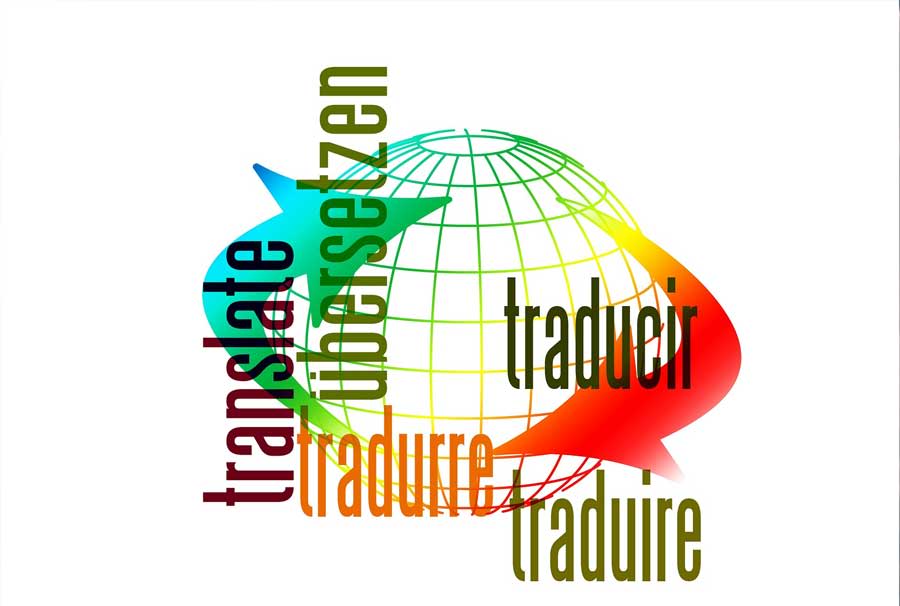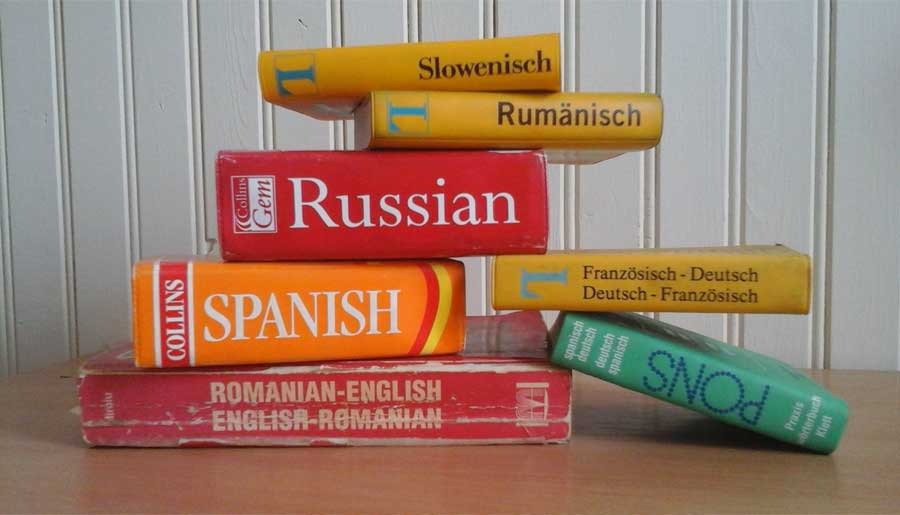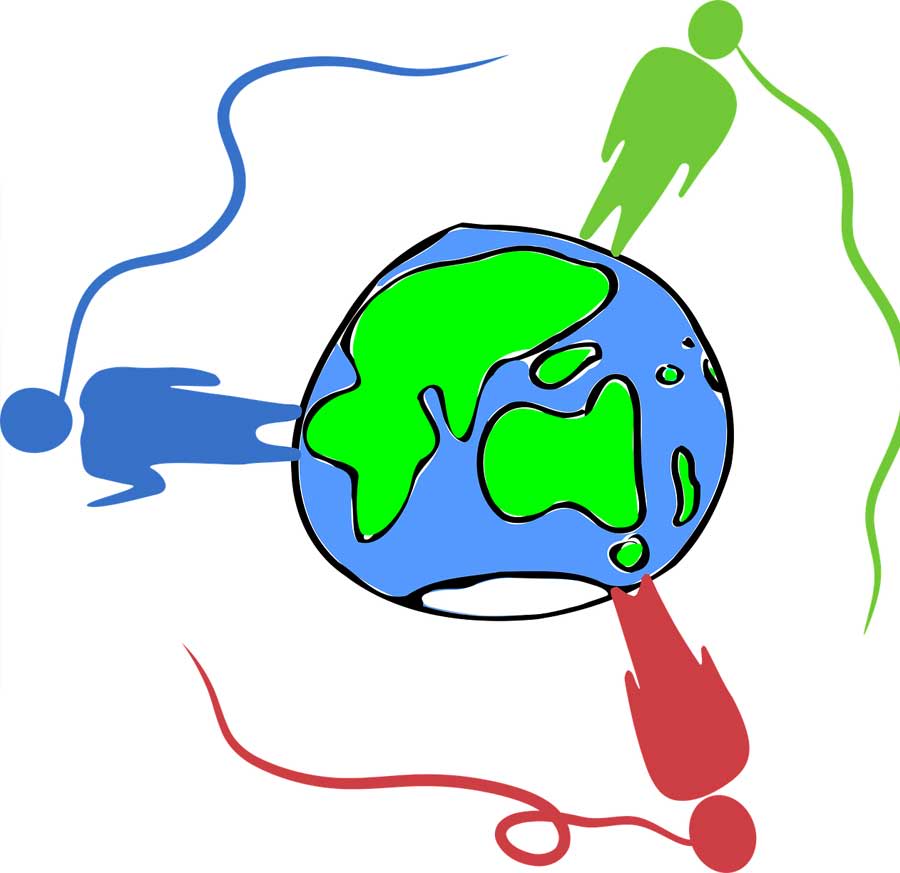Perhaps one day, the world will enjoy a single, consistent language, across cultural and political barriers, making global communications seamless. In the meantime, most corporate literature, including technical documentation and training materials, is written in English, and then translated into various languages to accommodate your worldwide offices and facilities. But we all know what it’s like to open that brand-new tech gadget — the one with state-of-the-art features and cutting-edge technologies, only to discover that the documentation is so poorly translated that you can barely figure out how to turn it on. The number-one goal of translating your technical documentation is: don’t be that company. Take the time, make the effort, and spend the money to translate your corporate literature so that it reads as well in German, French, Japanese, and Portuguese that it does in English. Here is how to evaluate your technical documentation translation.
Are You Addressing the Culture as Well as the Language?
Just as important as translating the technical details appropriately, is the subject of culture and how certain cultural realities are communicated in the field of technical translation. This goes to show just how complicated is the nature of working with technical documentation translation. Different cultures can exhibit drastic differences in how communication occurs. There can be discrepancies in writing strategies, tones, formatting issues, concepts and more. A master technical translator knows and studies all the details of the language and culture he or she is translating, as well as the specific details of the technical field in question. A translator’s cultural knowledge base can be instrumental to the effectiveness of communication, especially when communicating warnings or risk factors.
Are the Technical Details Being Communicated Correctly?
How well is your technical document translation going? Have there been any misunderstandings between your headquarters and your remote facilities? Using a technical translator with specific training in their field as well as master level translation skills is the best way to prevent these miscommunications in your technical documentation. The most important thing to understand is that the slightest error could result in a major problem when it comes to operating and maintaining technical equipment and software. That’s why hiring a professional technical translator is the only way to go. These professionals come from varying technical backgrounds, including scientific, medical, engineering, and more. They studied the material as extensively as your own technical people, so they will understand the details of your documentation and will be able to provide accurate, detailed translations that read well across languages.
Are the Aesthetics of the Piece Being Communicated?
What seems to be an innocuous image or illustration to a North American audience might not come across the same way in a different culture. A technical translator needs to have a good sense of that aesthetic as well as the linguistics behind the information. A translator needs to be able to translate the document from one language to another without losing any of the complexity of the language, the culture, or what the images within the documentation convey. For example, electrical connections aren’t the same from one country to another, and some cultures are more sensitive to images of the human body than others. The consequences can be devastating if these requirements aren’t filled correctly. A translator needs to not only translate the document, but also keep in mind the sentiments of the audience to whom the information is targeted to. Images and photos need to be carefully referenced with the text, keeping culture and aesthetics in mind.
Overcoming language and cultural barriers requires the utmost in patience and conscientiousness. These can be challenging, but working with people of different cultures and backgrounds is the backbone of innovation and success. Diversity is key to creativity. So don’t leave your employees across the globe to struggle with communication. Use a professional, accurate, and reliable translation service like TrueLanguage is a leader in the translation industry and can provide you with consistent, top-quality service. Technical documentation translation is where TrueLanguage began and it is the main arena in which their expertise and track record are unparalleled. With their years of experience translating documents of all kinds, across all industries, they are most certainly the right translators for you. Request a FREE quote today or call us now at 1-888-926-9245




